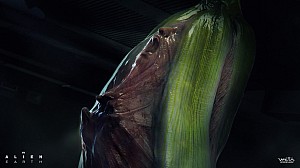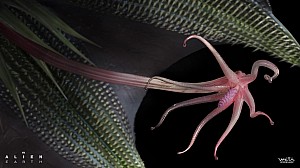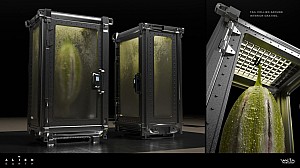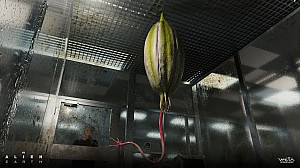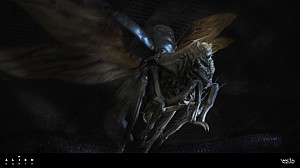Just a thought if Earth were a terraforming project
Prometheus Forum Topic

Ghost Solitare
MemberOvomorphAug 21, 20111555 Views4 RepliesIf the Space Jockey's species were involved in the formation of Earth has it dawned on anyone that the atmospheric composition of the planet is observable from even astronomical distances? "Green" aliens might object to the environmental damage humans have caused on Earth and wipe us out to save the planet they engineered. We might be considered a failed end product by the "Growers" race. Watching from afar, any advanced extraterrestrial beings might view changes in Earth's atmosphere as symptomatic of a civilisation growing out of control taking on the characteristics of a cancerous growth rather than a healthy organism, and take drastic action to keep us from becoming a more serious threat. If we were then catalogued as a threat perhaps reconfiguration of Earth might be levied against us via a xenomorphic infestation to wipe Earth clean. Ergo a biomechanical reset button. A preemptive strike would be particularly likely in the early phases of our expansion because any civilisation would become increasingly difficult to destroy as it begins to expand it's influence through colonization. Scary thought, but it's actually already being tossed around by scientists, and researchers at Nasa's Planetary Science Division in a Contact Scenario Analysis. The report suggests that we get busy, and clean up our mess before somebody that can make better use of this planet decides to do it for us.
Replies to Just a thought if Earth were a terraforming project
Hey Guest, want to add your say?
Are you an avid Alien fan looking for a dedicated online community of likeminded fans? Look no further! Create your own profile today and take part in our forums and gain XP points for all the content you post!





